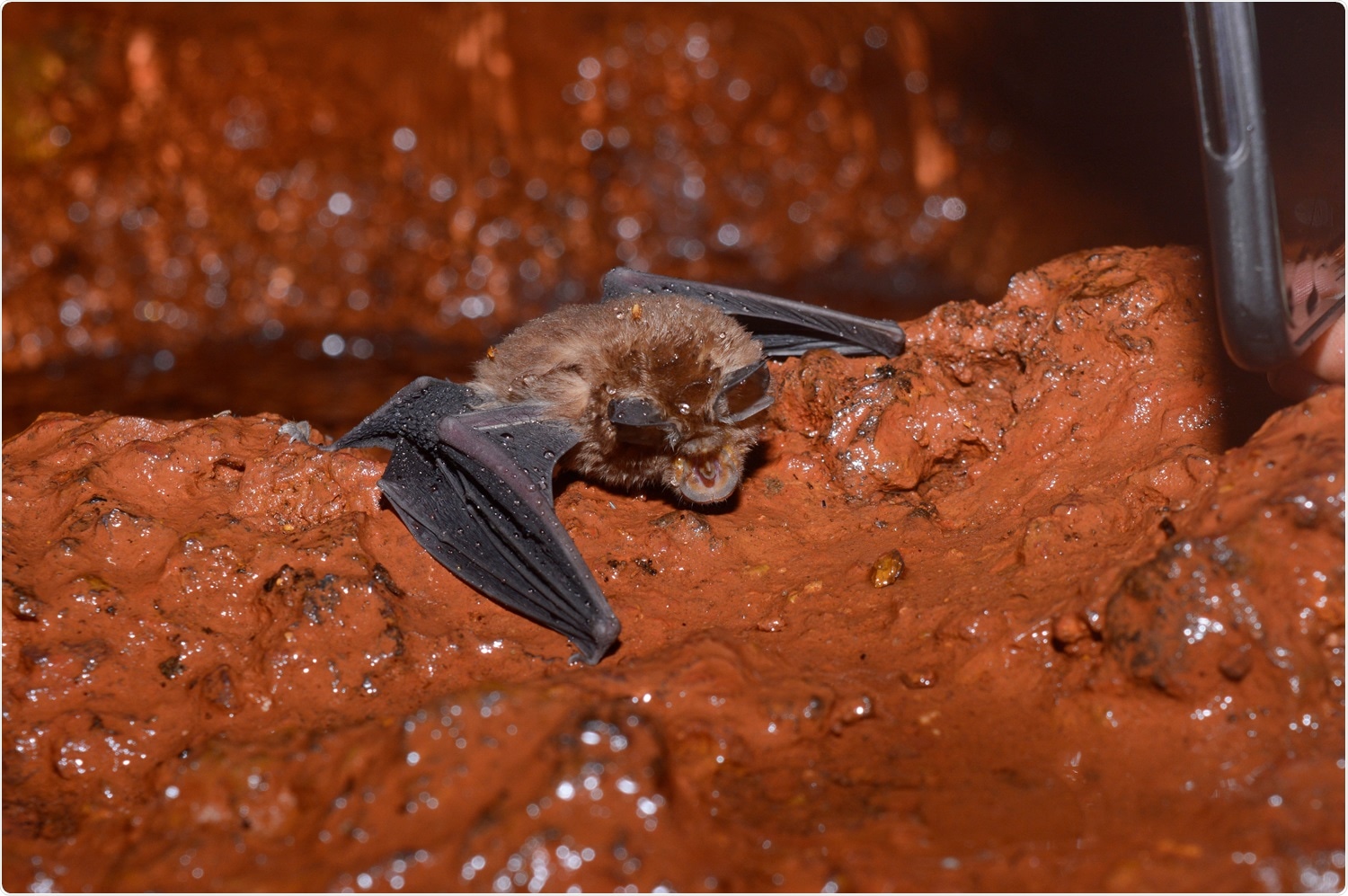SARS-CoV-2 animal origin: What we know so far
The coronavirus disease (COVID-19), caused by the severe acute respiratory syndrome coronavirus 2 (SARS-CoV-2), has sparked a worldwide pandemic since it first emerged in China, late December 2019. Though it is known that the virus originated from animals, the exact source and intermediate host are still unclear.
Scientists at the University of Glasgow Centre for Virus Research in the United Kingdom and the South China Agricultural University in Guangzhou, China, have shed light on the animal origin of SARS-CoV-2, tracing back to the first outbreak of the severe acute respiratory syndrome coronavirus (SARS-CoV), the infectious agent of the severe acute respiratory syndrome (SARS) in China in 2002 to 2003.
Published as a viewpoint article in the journal Science, the authors explained how the virus reached humans, noting that only two other significant coronavirus outbreaks have occurred in the last two decades.

SARS-CoV-2’s origin
The current global health crisis emerged in December 2019, when a group of people at a wet seafood market in Wuhan City, Hubei Province in China, developed a pneumonia-like illness. From there, the COVID-19 pandemic has swept across the globe, infecting over 217 million people and claiming the lives of more than 4.5 million people worldwide.
The pandemic continues up to this moment, as scientists and countries grapple with vaccinating as many people as quickly as possible.
To understand SARS-CoV-2’s origin, it is essential to go back to 2002, when another coronavirus infected thousands of people across the globe. The SARS outbreak has infected about 8,000 people, but public health officials successfully controlled its spread by 2003.
Horseshoe bats in China
The animal origin of SARS-CoV was tied to live animals available at markets. Smaller outbreaks also happened in Guangzhou, Guangdong, and some researchers working with the cultured virus were infected in laboratory accidents. Scientists determined that the trading of infected and susceptible host animals is a crucial common theme in the emergence of SARS and COVID-19.
About three years after the first SARS epidemic, scientists revealed that Horseshoe bats in the family Rhinolophidae in China harbor related coronaviruses, forming the species SARS-related coronaviruses (SARSr-CoV). These contain the Sarbecovirus subgenus of the Betacoronavirus genus. It was also shown that a Sarbecovirus in horseshoe bats jumped to an intermediate host, most probably civet cats.
Along the way, other potential intermediate hosts were identified, such as raccoon dogs and badgers. The scientists explained that when sold in markets, these animals could be possible sources of the coronaviruses that infected humans.
Further investigation demonstrated the immediate threat posed by Sarbecoviruses from horseshow bats. In 2019, the SARS-CoV-2, previously known as the novel coronavirus, occurred. About one year and eight months from its first emergence, the COVID-19 pandemic still wreaks havoc. The emerging variants of the virus pose threats to many countries, causing skyrocketing cases over the past few months.
How did SARS-CoV-2 reach humans?
In the article, the scientists believe that even though a virus spillover happened through direct horseshoe bat-to-human contact, a known risk for SARS-CoVs, the first detected cases in December 2019 were seen in Wuhan wet markets.
It is possible for SARS-CoV-2 to originate from other animal sources, such as civet cats, minks, raccoon dogs, and foxes, which are all susceptible to Sarbecorviruses. These animals were for sale in Wuhan wet markets, including the Huanan market identified as the COVID-19 pandemic’s epicenter.
Most of these animals are farmed for their fur at a large scale and then sold to animal markets. Some animals like minks, raccoon dogs, and red foxes are farmed and sold alive for food at these markets. In these wet markets, however, no bat species were sold.

“Together, this suggests a central role for SARS-CoV–susceptible live intermediate host animals as the primary source of the SARS-CoV-2 progenitor that humans were exposed to, as was the case with the origin of SARS,” the researchers explained in the study.
In a nutshell, the emergence of COVID-19 has properties that are consistent with a natural spillover. The SARS-CoV-2 animal-to-human transmission tied to infected live animals is the most likely cause of the COVID-19 pandemic.
However, humans are now the dominant SARS-CoV-2 host species. As a result, there is a danger of the virus jumping from humans to animals, called reverse zoonosis. Therefore, the authors recommend that we should work to amplify surveillance for coronaviruses at the human-animal interface. This way, they can mitigate the threat of both established and evolving variants to stop future spillover events.
- COVID-19 Dashboard by the Center for Systems Science and Engineering (CSSE) at Johns Hopkins University (JHU) – https://gisanddata.maps.arcgis.com/apps/dashboards/bda7594740fd40299423467b48e9ecf6
- Lytras, S., Xia, W., Hughes, J., Jiang, X,m, and Robertson, D. (2021). The animal origin of SARS-CoV-2. Science. http://science.sciencemag.org/content/373/6558/968
Posted in: Medical Science News | Medical Research News | Disease/Infection News
Tags: Coronavirus, Coronavirus Disease COVID-19, Food, Laboratory, Pandemic, Pneumonia, Public Health, Research, Respiratory, SARS, SARS-CoV-2, Severe Acute Respiratory, Severe Acute Respiratory Syndrome, Syndrome, Virus, Zoonosis

Written by
Angela Betsaida B. Laguipo
Angela is a nurse by profession and a writer by heart. She graduated with honors (Cum Laude) for her Bachelor of Nursing degree at the University of Baguio, Philippines. She is currently completing her Master's Degree where she specialized in Maternal and Child Nursing and worked as a clinical instructor and educator in the School of Nursing at the University of Baguio.
Source: Read Full Article



